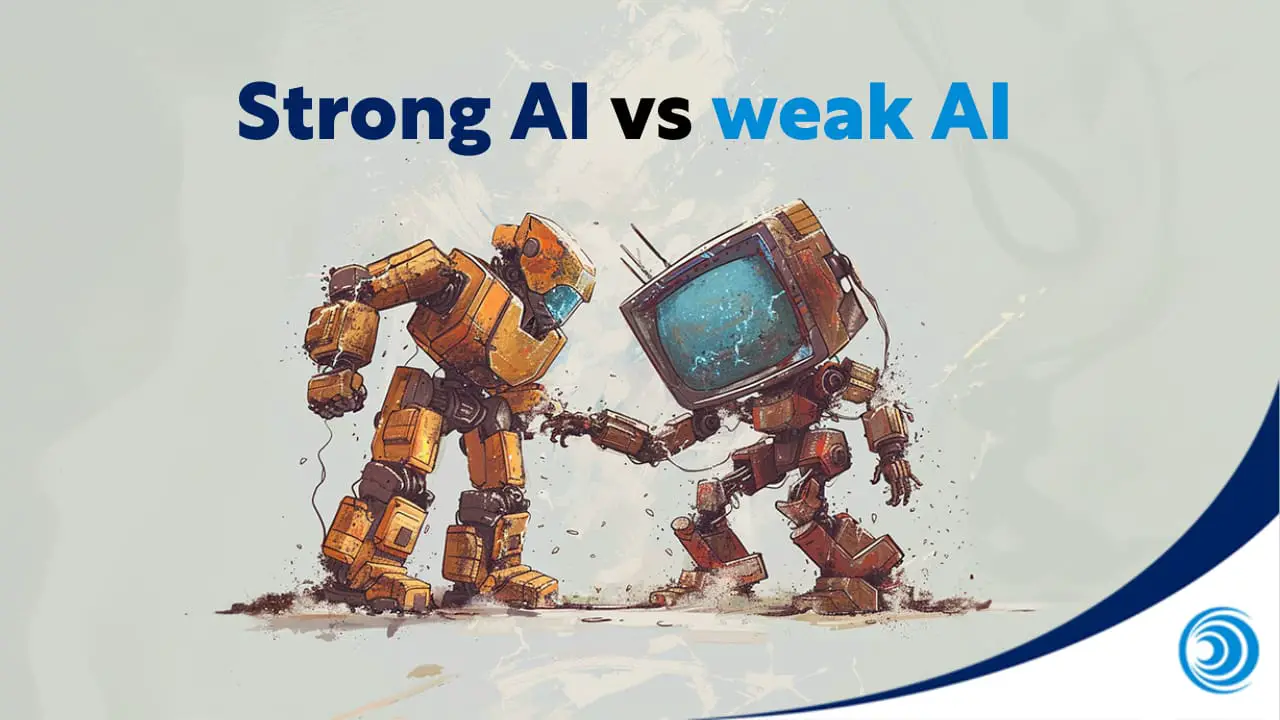John Siral did not make only the argument of the Chinese room. He also told that you can think of AI in two different ways. He called him a strong and weak artificial intelligence.
• With strong AI, a machine displays all the behavior you expect from a person. If you are a fan of Star Trek then this is Lieutenant Commander Data. If you like Star Wars then it can be C3po or R2-D2. These artificial creatures have feelings, a sense of purpose and even a sense of humor. They can only learn a new language for the enjoyment of learning. Some computer scientists are strong AIs common AI – a broader intelligence that does not just apply to a narrow work.
• Weak (or narrow) AI is limited to a very narrow task, such as product recommendations on Amazon and Google in response to the keywords recorded by the user. A weak AI program does not involve in conversation, does not recognize emotions or learns to learn; It only works for which it was designed.
Most AI experts believe that we are currently following the path of weak AI – using AI to answer factual questions, provide guidelines, manage their schedule, make recommendations based on their previous options and reactions, help pay taxes, pay taxes, prevent online fraud, etc. Many organizations already use weak AI to help in narrow tasks like these. Strong AI is still limited to the world of science fiction.
You can see AI working in the latest generation individual assistants including Apple’s Siri and Microsoft’s Cortana. You can talk to them and also ask them questions. They turn the spoken language into machine language and use pattern matching to answer your questions and answer your requests. It is not much different from traditional conversation with search engines such as Google and Bing. The difference is that Siri and Cortana behave like humans; They can talk. They can also book reservation in your favorite restaurant and also call for you. These individual assistants do not have normal artificial intelligence. Had it been, they would definitely get bored listening to your daily requests. Instead, they focus on the narrow task of listening to your input and matching it with their database.
John Siral immediately stated that any symbolic AI should be considered weak AI. However, in the 1970s and 80s, symbolic systems were used to create artificial intelligence software that experts could take decisions. These were usually called a specialist system. In a specialist system, people who are experts in a given area input the patterns that the computer can match to reach a given conclusion.
For example, in therapy, a doctor can input a group of symptoms that match various diagnoses. A nurse inputs the symptoms of the patient into the computer. The computer can then discover its database for matching diagnosis and present the most potential diagnosis to the patient. For example, if a patient has cough, shortness of breath, and mild fever, the computer can conclude that the patient is probably bronchitis. The patient may find the computer, the more intelligent as a doctor, but in fact the computer is only mixing the symptoms with potential diagnosis.
The specialist system faces problems just like other symbolic systems; They eventually experience combination explosion. There are many symptoms, diagnosis and variables to consider when trying to diagnose a disease. Just think of all the stages that a doctor should lift to reach an accurate diagnosis – conducting a physical examination, interviewing the patient, ordering laboratory tests and sometimes rejecting a long list of other diseases with similar symptoms.
Imagine all possible methods from which a patient can answer each question asked by the doctor and all different combinations of laboratory results. These initial expert systems also had a serious limit – the actual possibility that the system would not be able to find any match when given some inputs. You may have experienced this on various websites; You input your search phrase, and the site informs you that it did not find any matching. Despite these shortcomings, the symbolic approach was an important starting point for artificial intelligence and is still in use, usually with some modifications.
Read Also:
- The General Artificial Intelligence Problem Solver
- What Is Artificial Intelligence
- Introduction About Artificial Intelligence
- Will Artificial Intelligence Take Over Our Jobs A Human Perspective On The Future Of Employment
- Artificial Intelligence: Impact On Employment And Workforce
- Artificial Intelligence In Mobiles
- Artificial Intelligence In Agriculture
- Artificial Intelligence (AI)-Based Smart Agriculture For Sustainable Development
- Challenges Of Using Artificial Intelligence (AI) In Education
- Artificial Intelligence (AI) In Medical Diagnosis
- Artificial Intelligence In Agriculture – Paving Way Towards Future Farming
- Importance Of Artificial Intelligence (AI) Health Privacy
- Artificial Intelligence In India’s Healthcare System






